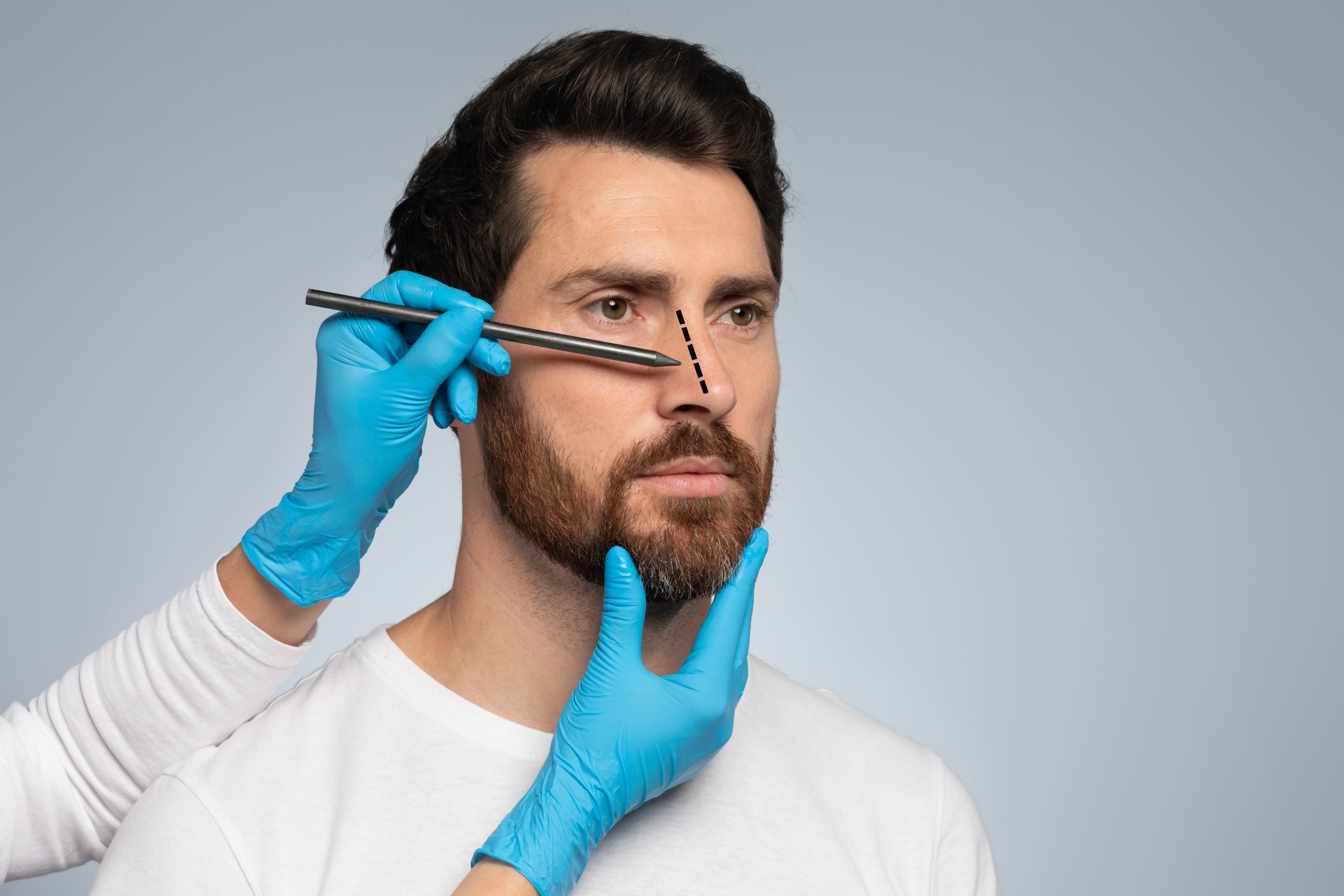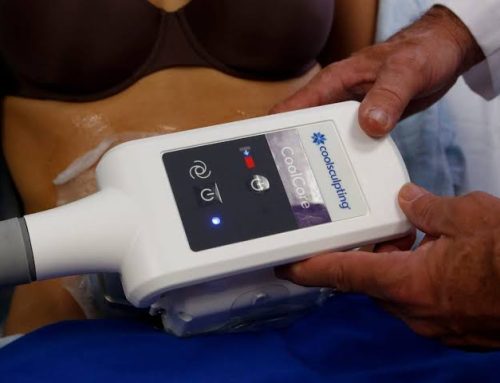Introduction
Rhinoplasty, often so called nose job, is a surgical procedure designed to reshape the nose appearance while also addressing functional issues related to breathing. Whether you’re considering rhinoplasty to enhance your facial aesthetics or improve your ability to breathe, understanding the procedure, preparation, recovery, and expected outcomes is essential. In this article, we will dive into the various aspects of rhinoplasty to help you make an informed decision.
How do you know if you need a Rhinoplasty?
Rhinoplasty serves both cosmetic and functional purposes:
- Aesthetic Enhancement: Rhinoplasty can alter the size, shape, and proportions of your nose to achieve your desired look. It can address issues such as a hump, asymmetry, or a bulbous tip.
- Functional Improvement: Some individuals require rhinoplasty to improve breathing by correcting issues like a deviated septum or nasal obstruction.
Preparation for Rhinoplasty: Before undergoing rhinoplasty, several preparatory steps are essential:
- Medical History: Discuss your medical history, reasons for the surgery, and goals with your surgeon. Mention any nasal blockages, past surgeries, or medications you are taking. Individuals with bleeding disorders like hemophilia may not be suitable candidates.
- Physical Examination: Your healthcare provider will conduct a physical examination, assessing your facial features and examining the inside and outside of your nose. This examination helps determine the necessary changes and assesses how the procedure might affect your breathing.
- Photographic Analysis: Photos of your nose from different angles will be taken. Surgeons may use computer software to create simulations, helping you visualize potential outcomes and discuss your goals.
- Expectation Discussion: Communicate your expectations openly with your surgeon. They will explain what rhinoplasty can and cannot achieve, considering your facial proportions.
- Overall Facial Proportions: Your surgeon may discuss the need for additional procedures like chin surgery to balance your facial profile effectively.

How does Rhinoplasty work?
Rhinoplasty is a customized procedure tailored to each person’s unique anatomy and goals. Here’s what you can expect during the procedure:
- Anesthesia: Depending on the complexity of your surgery and surgeon preference, you will receive either local anesthesia with sedation or general anesthesia to ensure comfort during the procedure.
- Incisions: Rhinoplasty may involve incisions made inside the nose (closed rhinoplasty) or a small external incision at the base of the nose (open rhinoplasty). The surgeon will adjust bone and cartilage to achieve the desired outcome.
- Cartilage and Bone Reshaping: The surgeon may modify the nose’s cartilage and bone to achieve the desired shape. Cartilage may be taken from various sources, such as the nose itself or the ear, depending on the extent of changes needed.
- Septum Correction: If a deviated septum is present, it can be straightened during surgery to improve breathing.
How many days does it take to recover from Rhinoplasty?
After rhinoplasty, a period of recovery is essential for optimal results. Here’s what to expect:
- Head Elevation: Rest with your head elevated higher than your chest to minimize swelling and bleeding.
- Internal Bandages: Internal bandages and nasal splints may remain in place for 1 to 7 days.
- External Splint: A splint may be taped to your nose for about one week to provide support and protection.
- Swelling and Bruising: Expect some swelling and possible black-and-blue discoloration of your eyelids, which can last for a few weeks. Most nasal swelling subsides within a year.
- Activity Restrictions: Avoid strenuous physical activities, hot baths, blowing your nose, and certain facial expressions initially.
- Sun Protection: Protect your nose from excessive sun exposure to prevent permanent discoloration.
Results and Follow-Up: Small changes in the nose’s structure can significantly impact its appearance. While results vary by each individual person, most people can expect satisfying outcomes. In some cases, additional adjustments may be considered after a year.
Conclusion
Rhinoplasty offers an opportunity to enhance both your nasal aesthetics and functional well-being. It’s a personalized procedure that requires careful planning, preparation, and post-operative care. By choosing an experienced surgeon and adhering to recommended guidelines, you can achieve satisfying results and improved confidence in your appearance and breathing.
Disclaimer: The content on this blog is intended for general informational purposes only. It is not a substitute for professional medical advice, diagnosis, or treatment. Always consult qualified healthcare providers for personalized advice. Information regarding plastic surgery, dental treatment, hair transplant, and other medical procedures is educational and not a guarantee of results. We do not assume liability for actions taken based on blog content. Medical knowledge evolves; verify information and consult professionals. External links do not imply endorsement. By using this blog, you agree to these terms.










